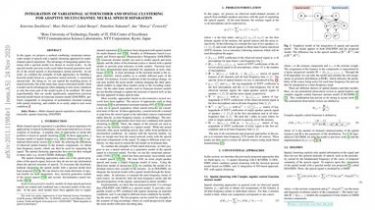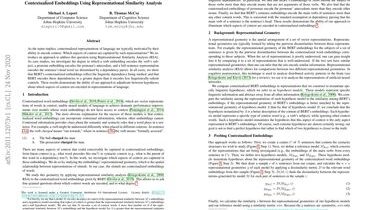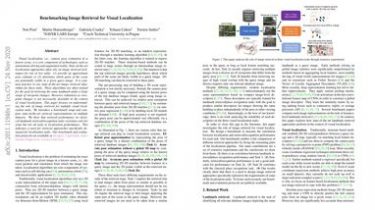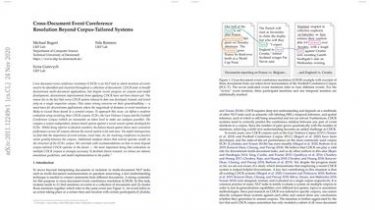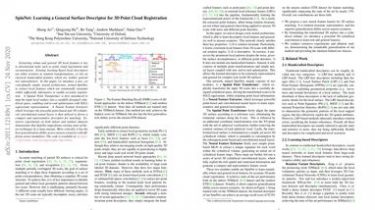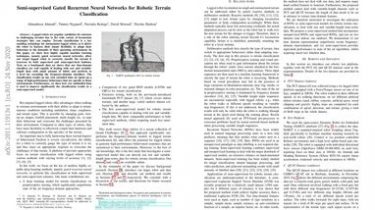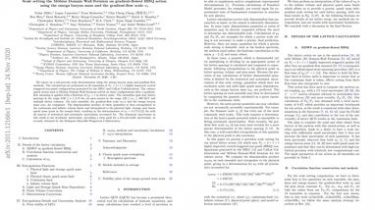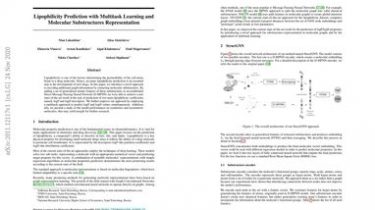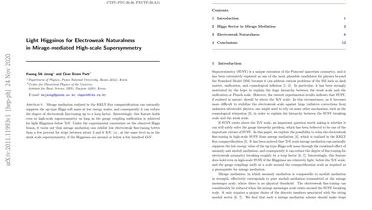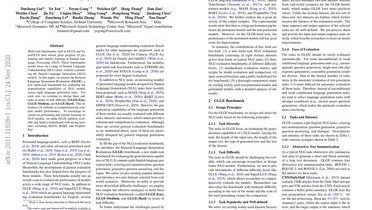Integration of variational autoencoder and spatial clustering for adaptive multi-channel neural speech separation
In this paper, we propose a method combining variational autoencoder model of speech with a spatial clustering approach for multi-channel speech separation. The advantage of integrating spatial clustering with a spectral model was shown in several works… As the spectral model, previous works used either factorial generative models of the mixed speech or discriminative neural networks. In our work, we combine the strengths of both approaches, by building a factorial model based on a generative neural network, a variational autoencoder. […]
Read more